PPT-Expectation Maximization Meets Sampling in Motif Finding
Author : danika-pritchard | Published Date : 2016-08-02
Zhizhuo Zhang Outline Review of Mixture Model and EM algorithm Importance Sampling Resampling EM Extending EM Integrate Other Features Result Review Motif Finding
Presentation Embed Code
Download Presentation
Download Presentation The PPT/PDF document "Expectation Maximization Meets Sampling ..." is the property of its rightful owner. Permission is granted to download and print the materials on this website for personal, non-commercial use only, and to display it on your personal computer provided you do not modify the materials and that you retain all copyright notices contained in the materials. By downloading content from our website, you accept the terms of this agreement.
Expectation Maximization Meets Sampling in Motif Finding: Transcript
Download Rules Of Document
"Expectation Maximization Meets Sampling in Motif Finding"The content belongs to its owner. You may download and print it for personal use, without modification, and keep all copyright notices. By downloading, you agree to these terms.
Related Documents

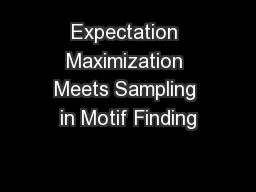

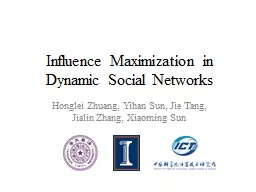


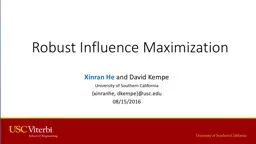

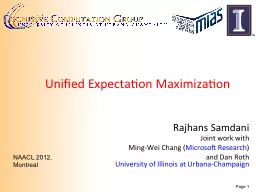
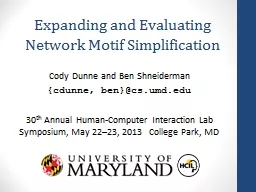
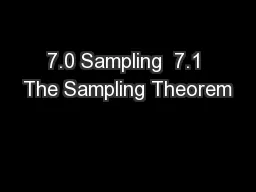
![Linearity of Expectation: E[X + Y] = E[X] + E[Y]Example: Birthday Para](https://thumbs.docslides.com/823908/linearity-of-expectation-e-x-y-e-x-e-y-example-birthday-para.jpg)


